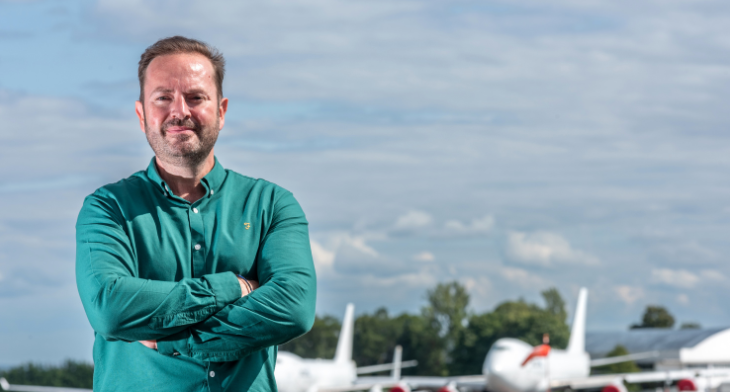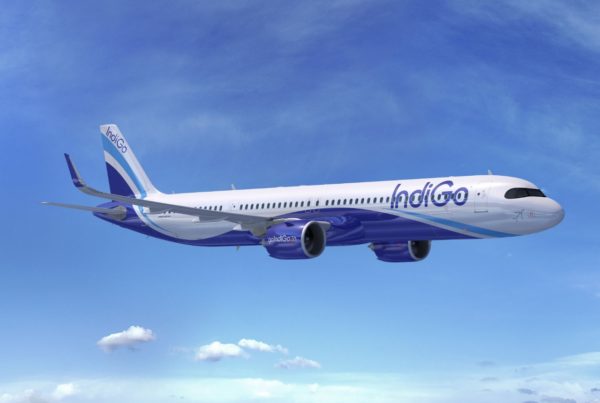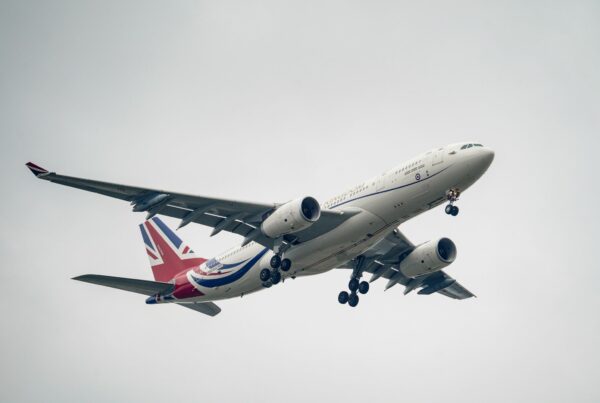Firefly Green Fuels has announced a milestone on its journey to commercialise its new SAF pathway, which uses sewage as a feedstock. The company plans to build a pilot facility by 2027 at its site in Harwich, Essex.
This will be followed by a commercialised-scale plant on the same site by 2028 to 2029. The company will break ground on the pilot facility in the coming months.
Joined by industrial partners, who will each support its path to commercialisation, all aspects of the process have been addressed. Partners include Haltermann Carless, Petrofac, Chevron Lummus Global (CLG) and Anglian Water.
“The signing of these agreements marks a significant leap forward in realising our ambitions to develop a sustainable SAF industry here in the UK,” said James Hygate, Firefly’s CEO.
Wizz Air is also on board as the airline to which Firefly Green Fuels will provide the fuel.
In 2023, Wizz Air signed a huge offtake agreement with Firefly, with the aim of procuring 525,000 tonnes of SAF over 15 years, and invested £5 million into the company. It is also the airline’s first equity investment in SAF research and development.
A low-cost, sustainable solution
Following Firefly’s announcement, Wizz Air’s Corporate and ESG Officer, Yvonne Moynihan, endorsed the move, describing the low-fare carrier’s involvement in Firefly’s mission as a “marriage of low-costs”.
As part of this announcement, Moynihan also said Wizz Air is committing to use 10% SAF across its fleet by 2030.
She said: “We are optimistic that this partnership will drive progress within the industry, bringing us closer to affordable and accessible SAF options for all. We are convinced that industry collaboration in the development of alternative fuels is a crucial step in addressing the climate crisis.”
From sewage to SAF
Firefly’s process to turn the difficult-to-dispose-of yet abundant waste feedstock into SAF is done through hydrothermal liquefaction (HTL). The end result of this process is a mix of biocrude – the product used to make SAF – and biochar – waste that can be used as a form of fertiliser.
Currently, Firefly has only made small amounts of SAF from this pathway. Firefly’s CEO, James Hygate, spoke to LARA about what’s next for Firefly now that the ground is to be broken on its first pilot plant.
“The idea is that by the end of next year, we’ll be producing reasonable rates of biocrude, which will then be going up for upgrading elsewhere,” he said. “I’m really optimistic [about the timeline of the commercialised plant]. I will say 2028 is when we can get to the production of SAF.
“One of the key things on the timeline is the fuel qualification – that’s an unknown at the moment. The fact it looks like Jet A fuel would indicate that it should be a reasonably quick process, but that’s in probably a couple of years.”
The company plans to produce SAF commercially in the UK before 2030, with aspirations to open up to three plants and then expand to global markets.
However, investments in the company are still needed to fulfil its £30 million target of Series B funding. This £30 million will go towards funding the first HTL plants on the site, and the engineering work for the commercial plant.
Hygate told LARA he anticipated this to close in the summer of this year. “We’re seeing quite a lot of interest,” he said. “We’re looking for people that can help us scale, and we’re keen to get companies on board that share our vision.”
Image credit: Firefly Green Fuels










